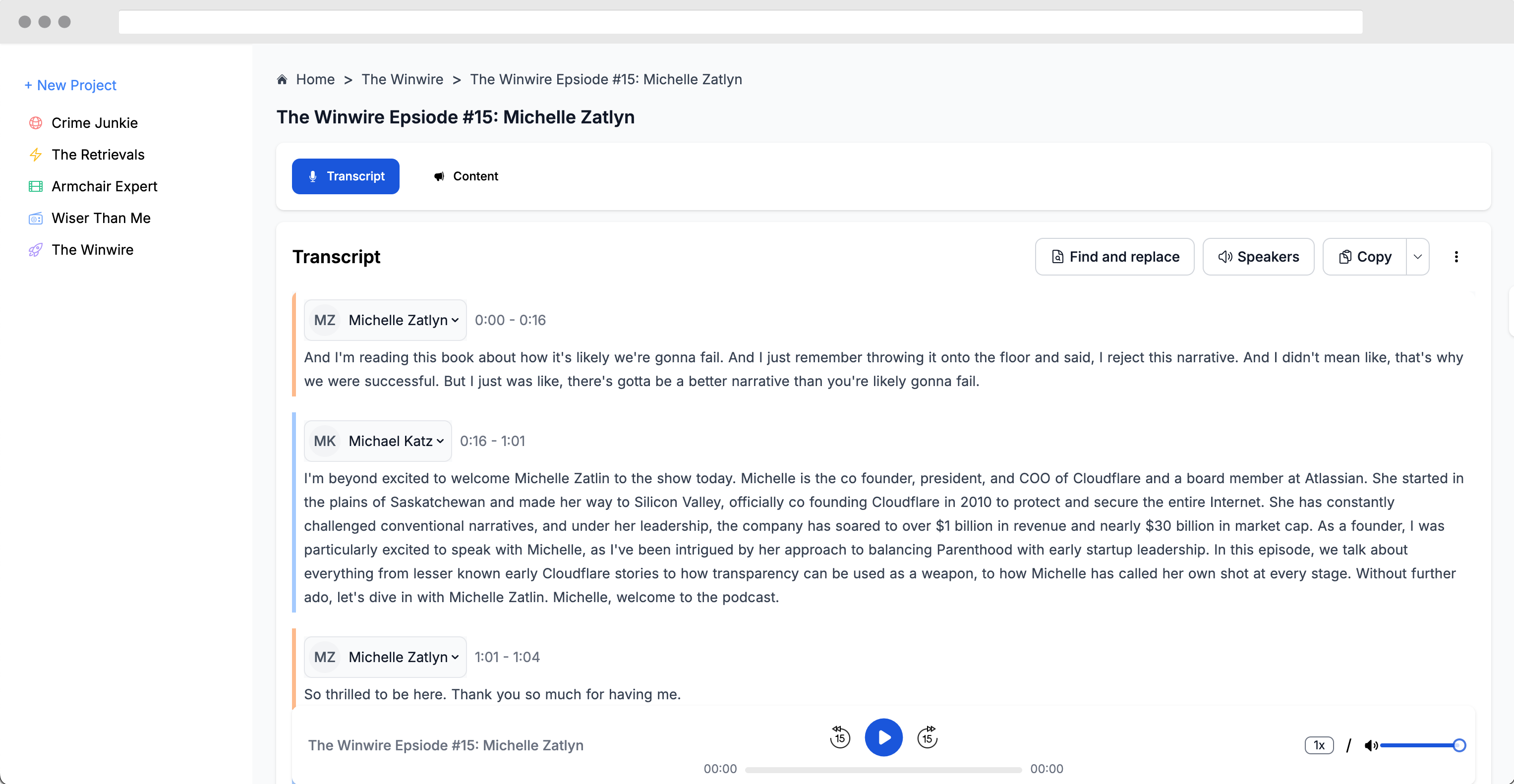Podcasting’s Place in the Digital Media Ecosystem

Key Takeaways
Video Integration in Podcasting: Video is becoming an essential part of podcasting, aiding in discovery and audience engagement. Platforms like YouTube are pivotal in this transition.
Creator Economy: Building a creator economy involves leveraging multiple channels, including social media, live events, and newsletters, to promote and monetize content.
Brand and Content Synergy: Successful podcasting strategies involve integrating audio and video content to create a seamless experience for the audience, enhancing brand engagement.
Educational Efforts for Advertisers: There is a significant need for educating advertisers about the unique metrics and creative opportunities in podcasting to bridge the gap between consumer time spent on audio and ad spend.
Collaborative Industry Growth: The podcasting industry benefits from a collaborative approach among companies to standardize metrics and educate advertisers, fostering overall growth.
Overview
The session focused on the evolving landscape of podcasting and its integration with video, exploring its implications for advertisers and brands. James Cridland, editor of Pod News, moderated the discussion with industry leaders Steve Raizes from Paramount, Kelli Hurley from SiriusXM, and Greg Styger from BBC Studios.
Steve highlighted the importance of video in enhancing podcast discovery and engagement, noting its role in Paramount's strategy. Kelli emphasized SiriusXM's efforts to build a creator economy, leveraging video and social media to expand their reach. Greg discussed the BBC's approach to integrating audio and video content, ensuring quality and relevance.
The panelists agreed on the need for industry collaboration and standardized metrics to better educate advertisers and grow the podcasting market.
Core Concepts
Video Integration in Podcasting
Video is becoming a crucial component of podcasting, enhancing discovery and engagement.
Key Points:
Video aids in the discovery of podcasts through algorithms on platforms like YouTube.
The integration of video and audio content can create a more compelling and scalable product.
Video content can be challenging to produce, especially for genres like true crime, which may require documentary-style production.
Examples:
Paramount's strategy includes leveraging video to promote audio content, such as the weekly show with Jon Stewart.
SiriusXM's partnership with "Call Her Daddy" utilizes video to expand audience reach through social media and other promotional tools.
Quotes:
Video is simply another way to connect. If we can create it organically off of our audio assets, then it really is useful. - Steve Raizes
It's not audio versus video. I would say it's audio and video. - Kelli Hurley
Building a Creator Economy
Leveraging multiple channels to promote and monetize content is essential in building a creator economy.
Key Points:
Partnerships with creators who bring various channels, including social media and live events, are crucial.
Supporting creators with monetization opportunities across different platforms enhances content reach and engagement.
The creator economy involves a collaborative approach to content creation and promotion.
Examples:
SiriusXM's partnership with "Call Her Daddy" and other creators like Conan O'Brien, who bring innovative ideas and engage audiences across multiple platforms.
BBC's approach to integrating audio content into TV production, such as the visualized podcast for "The Traitors."
Quotes:
We are building a creator economy. All of the different partnerships and creators that come to SiriusXM bring a multitude of channels with them. - Kelli Hurley
Leaning into the biggest IP we've got and figuring out the right extensions works incredibly well and is deeply satisfying. - Steve Raizes
Educating Advertisers and Standardizing Metrics
Educating advertisers about podcasting's unique metrics and creative opportunities is crucial for industry growth.
Key Points:
There is a significant gap between consumer time spent on audio and ad spend, highlighting the need for education.
Standardized metrics and creative approaches, such as host reads, are essential for effective advertising in podcasts.
Collaborative efforts among industry players can help standardize metrics and educate advertisers.
Examples:
SiriusXM's use of contextual targeting and programmatic advertising to provide rich data and targeting options for buyers.
BBC's emphasis on the power of its brand and high-quality content to attract advertisers and audiences.
Quotes:
We should all try to be speaking a similar language in the marketplace, helping buyers. - Kelli Hurley
The more that we lean into that trust, I think that's where we can really produce wildly effective results. - Steve Raizes
Conclusion
The discussion highlighted the evolving landscape of podcasting, emphasizing the integration of video, the importance of building a creator economy, and the need for educating advertisers about podcasting's unique metrics and creative opportunities. The panelists underscored the significance of collaboration within the industry to standardize metrics and foster growth. As podcasting continues to mature, leveraging multiple channels and innovative strategies will be key to engaging audiences and maximizing monetization opportunities.
Food for Thought
How can podcast creators effectively balance the integration of video content without compromising the quality of their audio content?
What are the most effective strategies for educating advertisers about the unique metrics and creative opportunities in podcasting?
How can the podcasting industry foster greater collaboration among companies to standardize metrics and promote overall growth?
Reference Tools, Platforms, and Resources
ComScore: Used by SiriusXM for data metrics and targeting.
Programmatic Advertising: Utilized for rich data and targeting in podcast advertising.

31% of consumers are spending their time with audio, yet the industry is only getting 9% of the ad spend.
BBC Studios distributes about 40% of all British TV content.
Paramount can reach 82% of all consumers, and with podcasting, they can reach 89%.




